NRAO Newsletter
Volume Vol#, Issue Iss#
Day# Month# Year#
NRAO Newsletter
Volume Vol#, Issue Iss# • Day# Month# Year#
 GLOSTAR image, using data from both the Karl G. Jansky Very Large Array and the Effelsberg radio telescope, shows a segment of the Milky Way's disk, revealing previously unseen tracers of massive star formation. Credit: Brunthaler et al., S. Dagnello, NRAO/AUI/NSF.
GLOSTAR image, using data from both the Karl G. Jansky Very Large Array and the Effelsberg radio telescope, shows a segment of the Milky Way's disk, revealing previously unseen tracers of massive star formation. Credit: Brunthaler et al., S. Dagnello, NRAO/AUI/NSF.
Upcoming Events

20th Synthesis Imaging Workshop
May 15 - 22, 2024 | Socorro, NM

American Astronomical Society 244
June 9 - 13, 2024 | Madison, WI
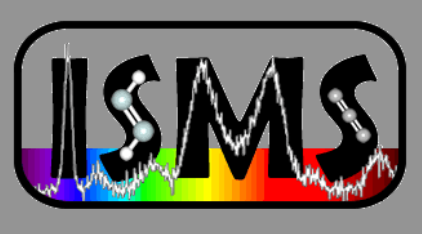
International Symposium on Molecular Spectroscopy
June 17 - 21, 2024 | Urbana-Champaign, IL

International Microwave Symposium
June 17 - 21, 2024 | Washington, DC
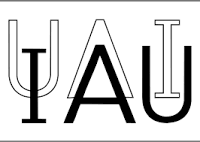
IAU General Assembly XXXII
August 6 - 15, 2024 | Cape Town, South Africa
International Symposium on Space Terahertz Technology 2024
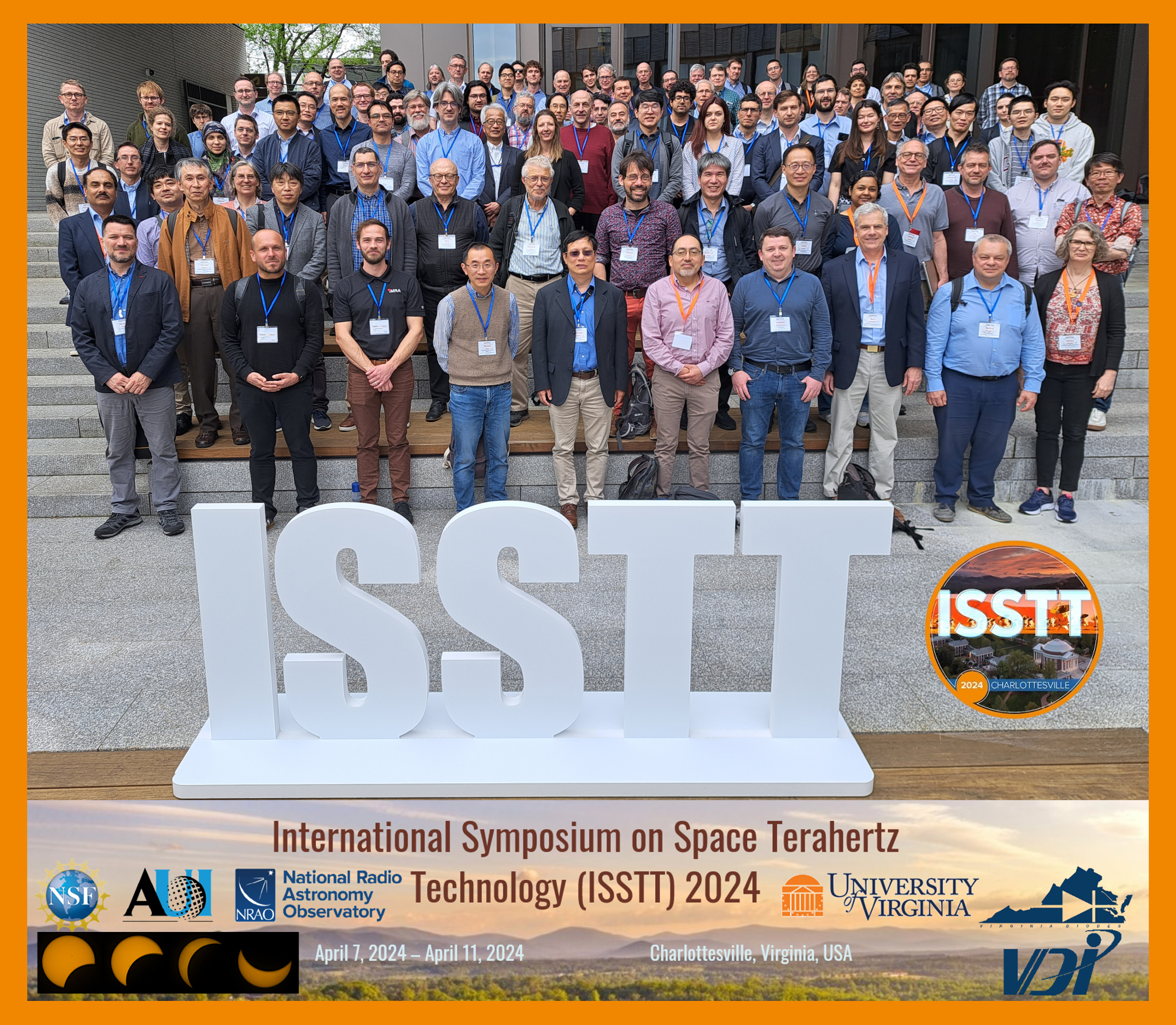
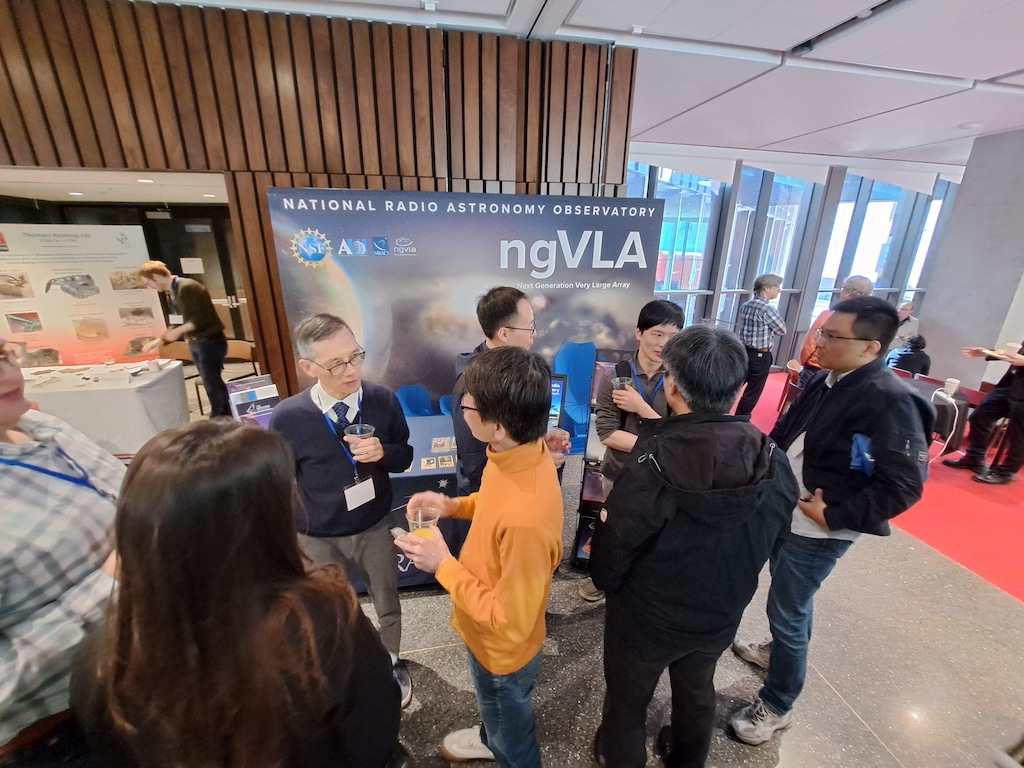
Bracketed between the microwave and infrared ranges, the THz region is an important final frontier in the electromagnetic spectrum. THz radiation bears the fingerprint of various fundamental physical phenomena, and is used in practical applications from physics/chemistry to weather forecasting. However, implementing systems for sensing, emitting and guiding THz signals has traditionally been challenging, leading to the so-called THz gap. The International Symposium on Space Terahertz Technology (ISSTT), established in 1990, has been a venue where scientists and engineers discuss the latest developments in closing this gap and thereby enabling exciting new applications in astrophysics, planetary science, earth-science and remote sensing. The ISSTT has been central in the development of technologies for pivotal scientific projects such as the Atacama Large Millimeter/Submillimeter Array (ALMA) and the Herschel Space Telescope.
In the spirit of welcoming works in other areas and non-traditional techniques used to enhance performance in the THz region, this year we encouraged submission of works in the use of metamaterials and metasurfaces. These engineered materials are becoming ubiquitous in many different areas and, particularly, in electromagnetic applications. They have a strong potential for solving many challenges that appear at the moment of closing the THz gap.
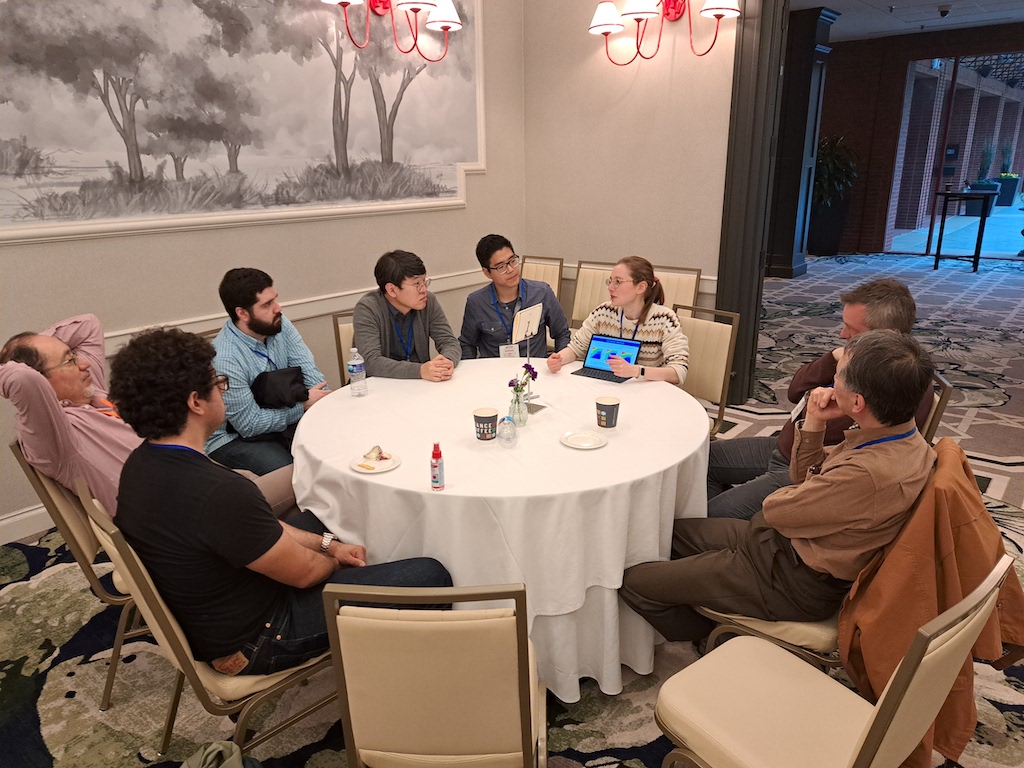
This year's Symposium in Charlottesville, Virginia, featured:
- a variety of presentations on current millimeter, submillimeter-wave and Terahertz technologies and applications in astrophysics, planetary science, Earth science and remote sensing.
- a special session on metamaterials.
- two "Speed Geeking" sessions to help facilitate focus on additional posters in a new, more inclusive, interactive format.
- a Solar Eclipse Party on the rooftop of the Quirk Hotel Monday afternoon!
View photos from the conference...
Thanks to the organizers, sponsors, and participants for an outstanding conference.
Volunteers Needed to Serve on VLA, GBT, & VLBA Science Review Panels

Image by Brian Kent, NRAO/AUI/NSF.
Members of NRAO's Science Review Panels (SRP) play a very important role in identifying the Science Programs for these world-leading radio telescopes. Being a reviewer could help you to:
- Learn what science other astronomers are interested in;
- Get a sense of what makes the most compelling proposals;
- Build your group of professional contacts and potential collaborators;
- Understand the review process for a major observatory.
If you are interested, please apply to be a volunteer SRP member!
Recent Enhancements to the NRAO Archive
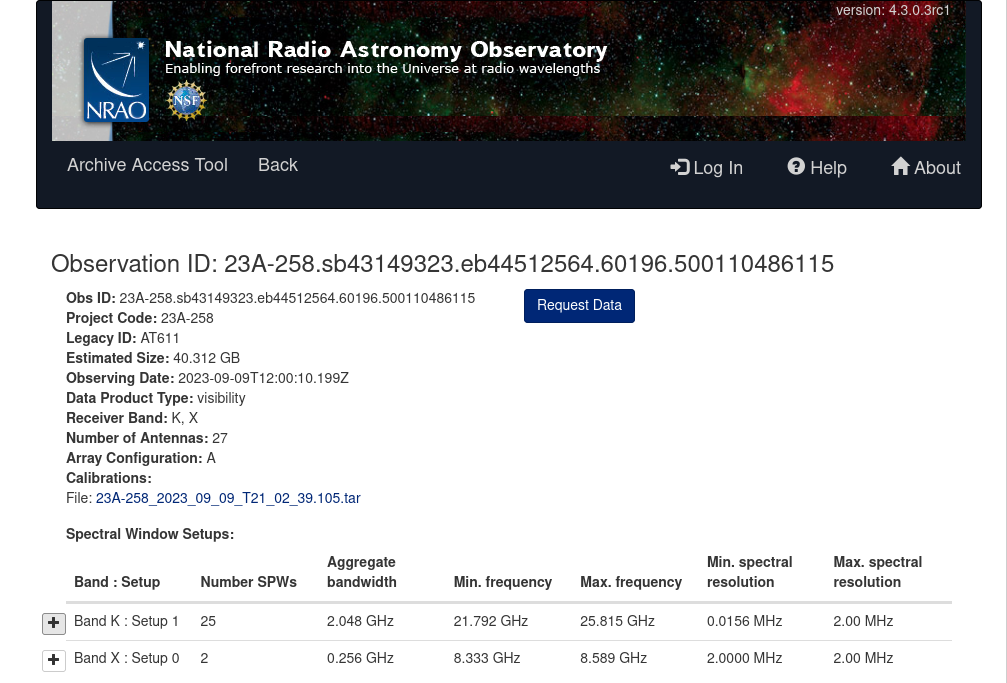
Click the archive figures to enlarge.
The NRAO Archive has received a number of significant improvements over the past year. One of the most noticeable user-facing improvements are the changes to the scanlists. Scanlists are now displayed in a sensible, chronological order and full spectral information is now included for VLA data taken after 2012. This information is shown in a much more user-friendly manner than it was in the legacy archive, including frequencies, aggregate bandwidth, spectral resolution. Furthermore, a condensed view of each unique spectral setup is shown at the top of the scanlist page, along with each target observed and the time on source in that setup. The VLBA data are also getting these updates, but the full spectral information updates are not yet as complete as they are for the VLA; updates will resume after the next release of the Archive software expected in early May which includes fixes for the VLBA metadata updating. Also coming in early May will be the inclusion of updated spectral information in the scripted access for the NRAO archive. Behind the scenes, the ingestion of VLBA and GMVA data was completely reimplemented in a modern software framework than can be more easily maintained going forward. A similar ingestion overhaul is also planned for VLA data over the next year.
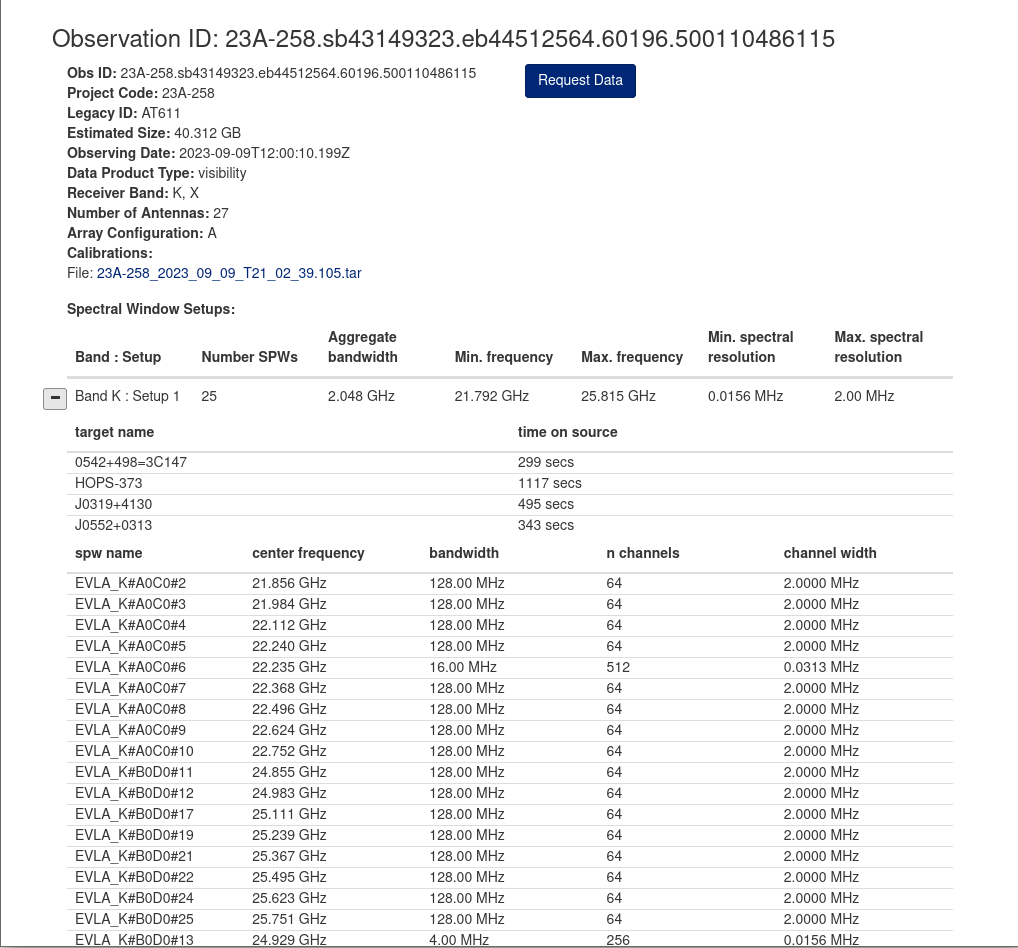
Another change users will notice is the updated download directory structure that is in place for SDM, VLBA/GMVA raw data (IDIFITS), Historical VLA raw data, calibration tarball, and image downloads. The goal is to provide a more organized download structure that facilitates the download of multiple data product types. In the coming months, this change will also be brought to the Calibrated and Uncalibrated Measurement Set downloads as those functions are migrated to an improved software framework.
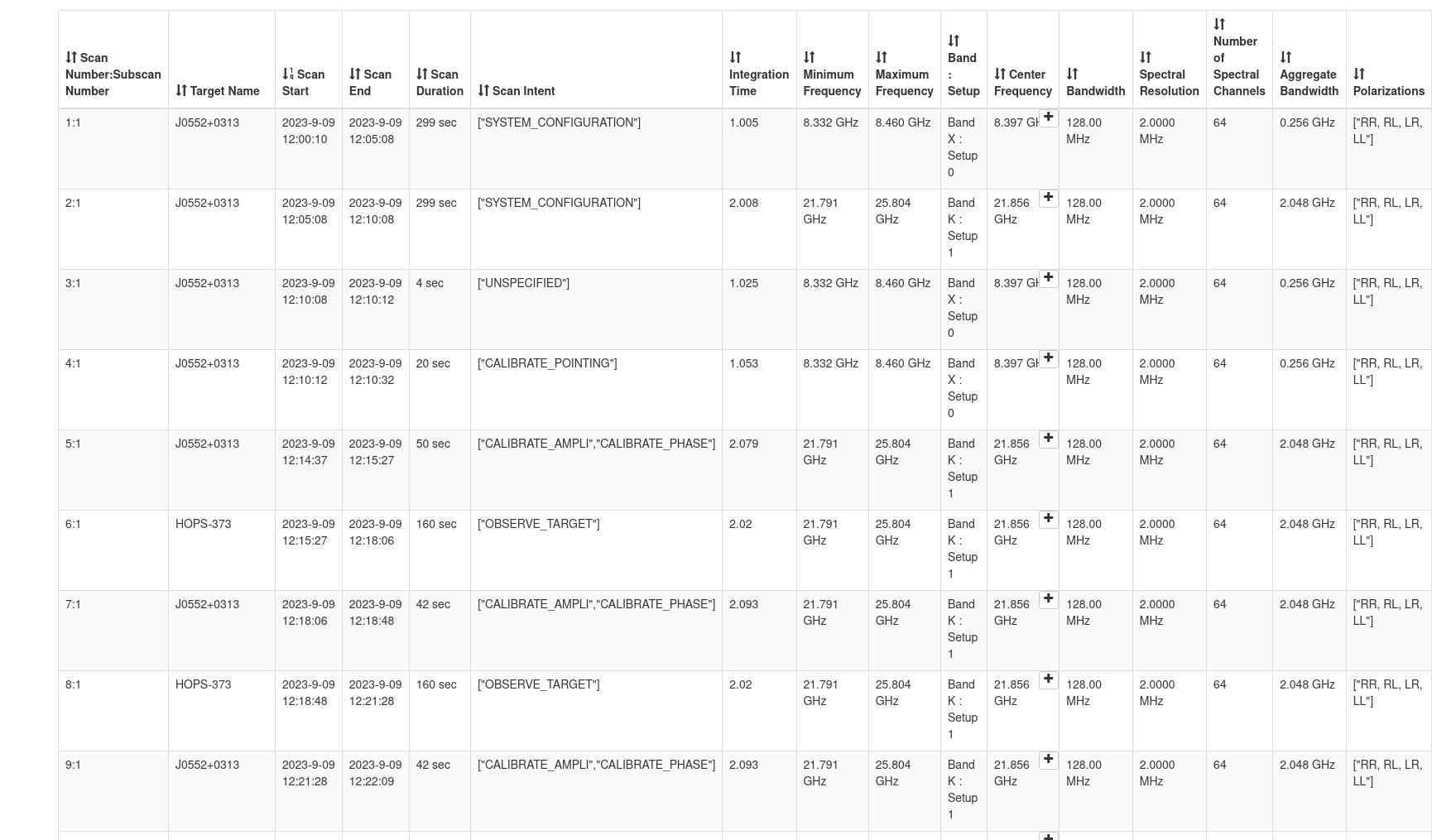
The highlights of past NRAO Archive software releases and priorities for future development are communicated on the NRAO Archive Tool Enhancements Page. If users have questions about the new features or suggestions for improvements, please feel free to contact the NRAO helpdesk and submit a ticket to the 'Archive Access Tool Feedback' department.
ALMA Program News
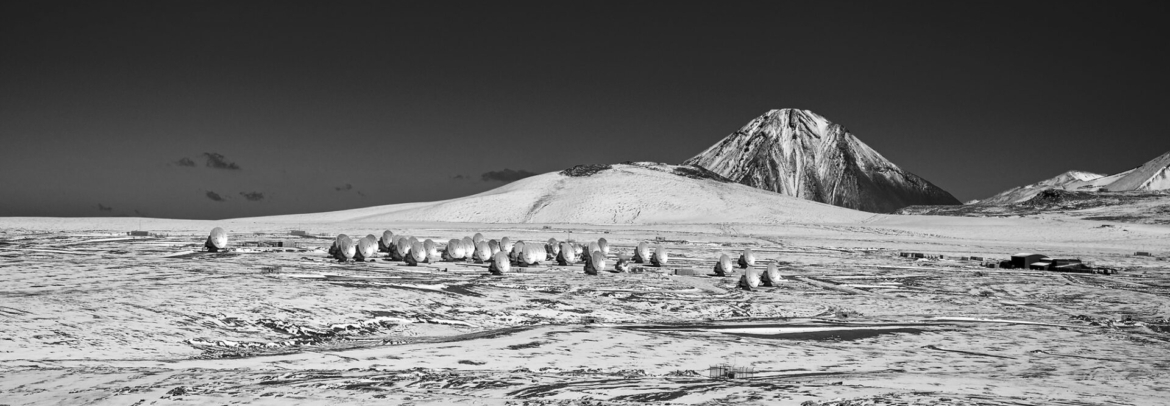
Image Credit - S. Otarola - ALMA (ESO/NAOJ/NRAO)
ALMA Observing Status
The array continues Cycle 10 observations - ALMA is in configuration C-3, to be followed by C-4. Spectacular altiplanic skies have prevailed.
ALMA News
The ALMA Wideband Sensitivity Upgrade is progressing on schedule. New science opportunities enabled by the WSU were discussed at the recent ISSTT Meeting in Charlottesville. The full program with slides and recordings will be opened to the public June 1, 2024. The ALMA Cycle 11 Call for Proposals closed on April 25, 2024, at 15:00 UT. Results will be communicated to PIs in August 2024.
Release of Observatory Project Data Announced
ALMA has announced the upcoming release of Observatory Project data on HL Tau in Bands 1 and 3 and HD163296 in Band 1. The status of the data deliveries can be checked through the ALMA Science Archive links on the Observatory Projects main page. The same links can be used to download the data once it is delivered.
ALMA Ambassadors Program for Cycle 12
The North American ALMA Science Center (NAASC) is accepting applications for the ALMA Ambassadors Program, with a deadline of May 24, 2024. The program provides training and up to a $10,000 USD research grant (other forms of payment are available, see below) to postdoctoral researchers, senior graduate students, and early career researchers interested in expanding their ALMA/radio interferometry expertise and sharing that knowledge with their home (or other) institutions. For Cycle 12, ALMA Ambassadors can choose to support the community by organizing and hosting (1) ALMA Cycle 12 proposal preparation support workshops (Spring 2025) and/or (2) ALMA-focused data processing and analysis workshops (Fall 2024).
For more information, please visit the ALMA Ambassadors website.
Student Funding Opportunity for ALMA Archival Research
The North American ALMA Science Center is pleased to announce a funding opportunity to support students working on data obtained from the ALMA archive. This opportunity will follow the terms and conditions of the NRAO Student Observing Support (SOS) program. Students enrolled at US universities and colleges are eligible for funding. Eligible expenses include a student stipend, computing hardware, and student travel to present ALMA results at a domestic conference.
For more information, and to apply, visit the Student Program website.
The application deadline is May 24, 2024. We expect to announce results in August 2024. Questions about this SOS opportunity may be directed to Jim Braatz.
Promise and Challenges of the ALMA Wideband Sensitivity Upgrade
June 24-28, 2024 at ESO in Garching, Germany
The Wideband Sensitivity Upgrade is one of the most ambitious upgrades to ALMA since it began science operations. This upgrade will lead to significantly more efficient observing times for spectral scan and continuum observations, but new technical challenges must be met. This workshop presents an opportunity for the science community to discuss the science that could potentially be done following the upgrade, and ALMA will also use the workshop to solicit and receive feedback about the work.
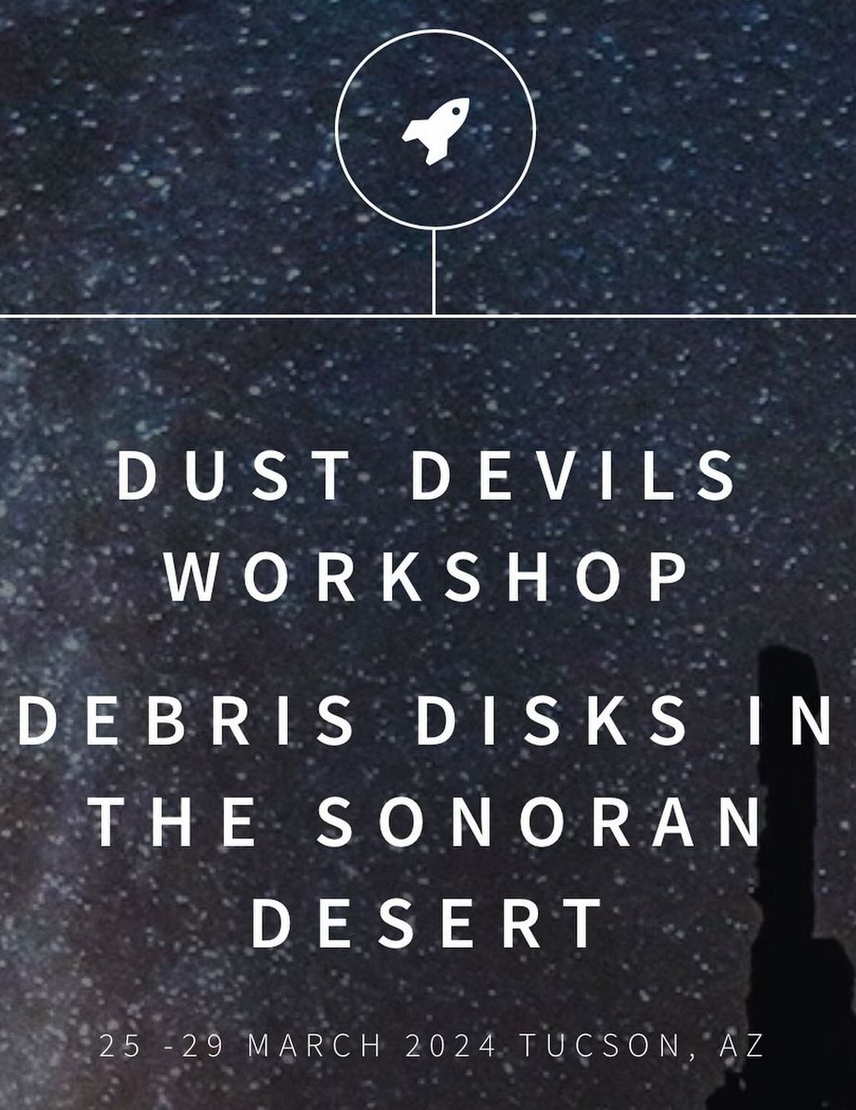
Debris Disks in the Sonoran Desert
Sponsored by the NAASC, the conference Debris Disks in the Sonoran Desert was held in Tucson, AZ, March 2024. Experts discussed planet formation, protoplanetary disks, observations from the far-infrared to millimeter, and theoretical simulations of collisions and disk dynamics.
The Physics and Impact of Astrophysical Dust: from Star Formation Through Cosmology
The week of March 2nd, 2024, the NAASC partially supported a conference entitled "The physics and impact of astrophysical dust: from star formation through cosmology" at the Aspen Center for Physics.
The main goal of this conference was to bring together astrophysics researchers who study the physics of interstellar dust in galaxies via a diverse range of methods and in a broad range of contexts. We were especially interested in showcasing recent results from ALMA, as well as the relatively recently-launched James Webb Space Telescope (JWST). The conference spanned a broad range of topics, from the theory of astrophysical dust, to local galaxies, polycyclic aromatic hydrocarbons (near and far), distant dusty galaxies, and cosmology. The conference was extremely discussion-heavy, enabled both by a no laptop rule in the main auditorium, as well as lengthy breaks in the afternoons for both collaboration, as well as winter sports. The organizers were Desika Narayanan (University of Florida), Daniela Calzetti (UMass Amherst), Caitlin Casey (UT Austin), George Privon (NRAO), and Karin Sandstrom (UCSD). The organizers thank the NAASC for funding, which offset the registration costs of 18 participants, and child care costs of 1 participant, with a preference of funding going toward early career researchers (contributed by Desika Narayanan).
Upcoming Meetings
- April 22-26, 2024: Raising the Veil on Star Formation Near & Far - A conference in honour of Richard Hills, Cambridge, UK
- May 28-31, 2024: Spatio-spectral modeling of interferometric data: preparing for the wideband era, NRAO, Charlottesville - NAASC sponsored
- June 24-28, 2024: The Promises and Challenges of the ALMA Wideband Sensitivity Upgrade, ESO, Garching, Germany
- June 24-28th, 2024: Cool Stars, San Diego CA - NAASC sponsored
- September 24-27, 2024: Born in Fire: Eruptive Stars and Planet Formation, Santiago, Chile - NAASC sponsored
ngVLA Project News
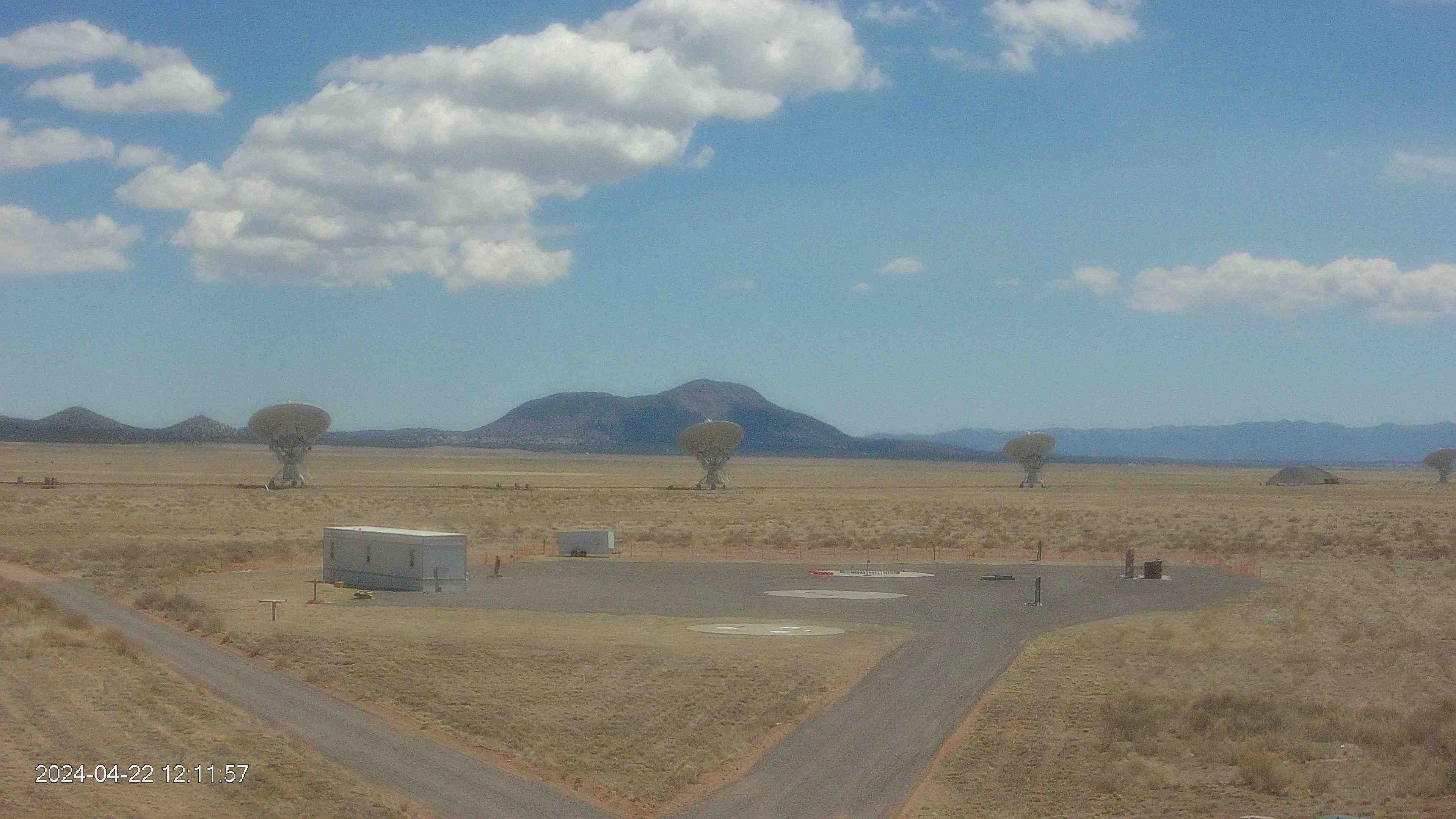
Project Progress
Last week the ngVLA Project successfully completed two important technical Conceptual Design reviews, for Timing and Frequency and for the Central Signal Processor, a.k.a. the correlator. Many thanks to the external and internal reviewers, and congratulations to the product teams and project office.
Construction of the ngVLA prototype antenna will begin in New Mexico in late June. Click here to watch a live view of the site at the VLA where the prototype antenna will be constructed. Inside the gravel circle you will see three circular antenna pads that were used during prototyping for the ALMA Project. The ngVLA prototype antenna is destined for the third pad from the camera. Many thanks to the staff in Socorro and at the VLA for preparing the construction site
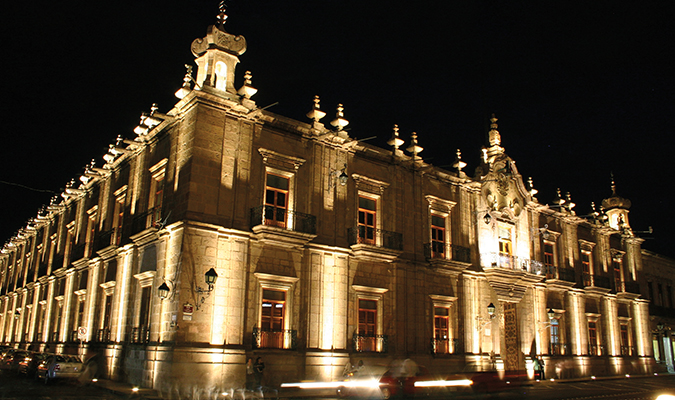
Follow the Monarchs: A Journey to Explore the Cosmos at (Sub)milliarcsecond Scales with the ngVLA
This ngVLA international science conference will be held November 11-14 in person in the UNESCO World Heritage site of Morelia, Mexico. The conference will highlight and explore the novel scientific opportunities that will unfold with the unprecedented angular resolution and sensitivity capabilities offered by this new flagship facility. The conference will coincide with the Monarch butterflies completing their migration journey from Canada and the US to the mountains surrounding Morelia. Abstract submission for oral presentations closes July 8th, and early registration is available until September 1st. Both abstract submission and registration are now open.
A variety of oral presentations and posters will be featured, with a special focus on the new science that will be possible at high angular resolution. The ngVLA will allow, for the first time, the detection of thermal emission at 1 mas angular scales, as well as unprecedented high fidelity imaging of non-thermal emission on scales less than 1 mas. Researchers within and beyond radio astronomy expertise are invited to engage in discussions, share insights, and start to plan the groundbreaking science that the ngVLA will make possible. We particularly encourage the participation of early career scientists, who will be the major users of this observatory.
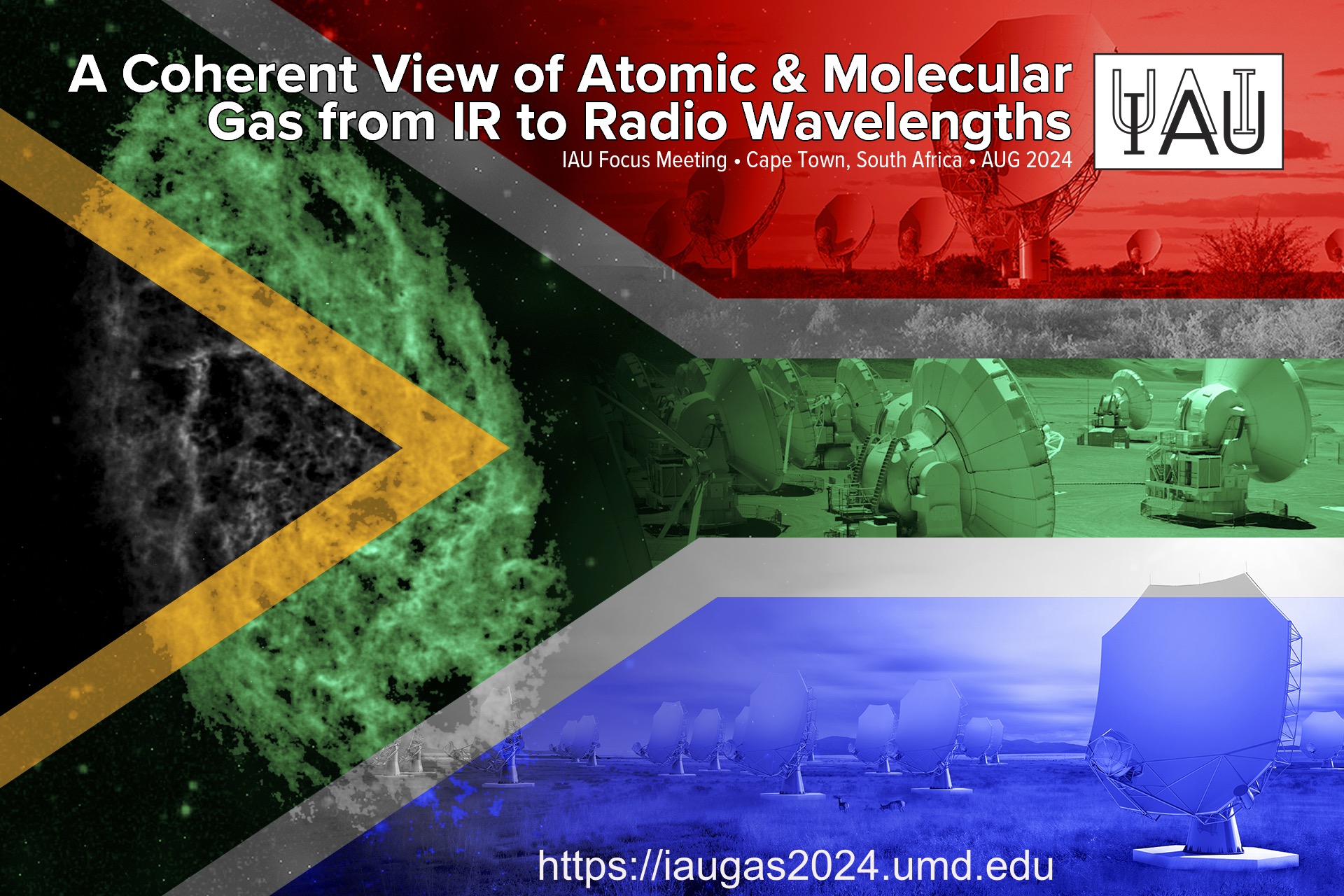
A Coherent View of Atomic and Molecular Gas from Infrared to Radio Wavelengths
Graphic by Jeff Hellerman
This IAU Focus Meeting 2 will be held August 6-7 in person in Cape Town, South Africa at the XXXII International Astronomical Union (IAU) General Assembly. The meeting will explore how the work taking place at existing facilities is shaping our understanding of the interstellar medium structure and feedback in our own Milky Way and external galaxies, and how this work is re-framing the science that will be addressed by the remarkable capabilities of future radio observatories. An exciting program of oral presentations has been announced.
ngVLA Science - The Radio Halo of the Coma Cluster
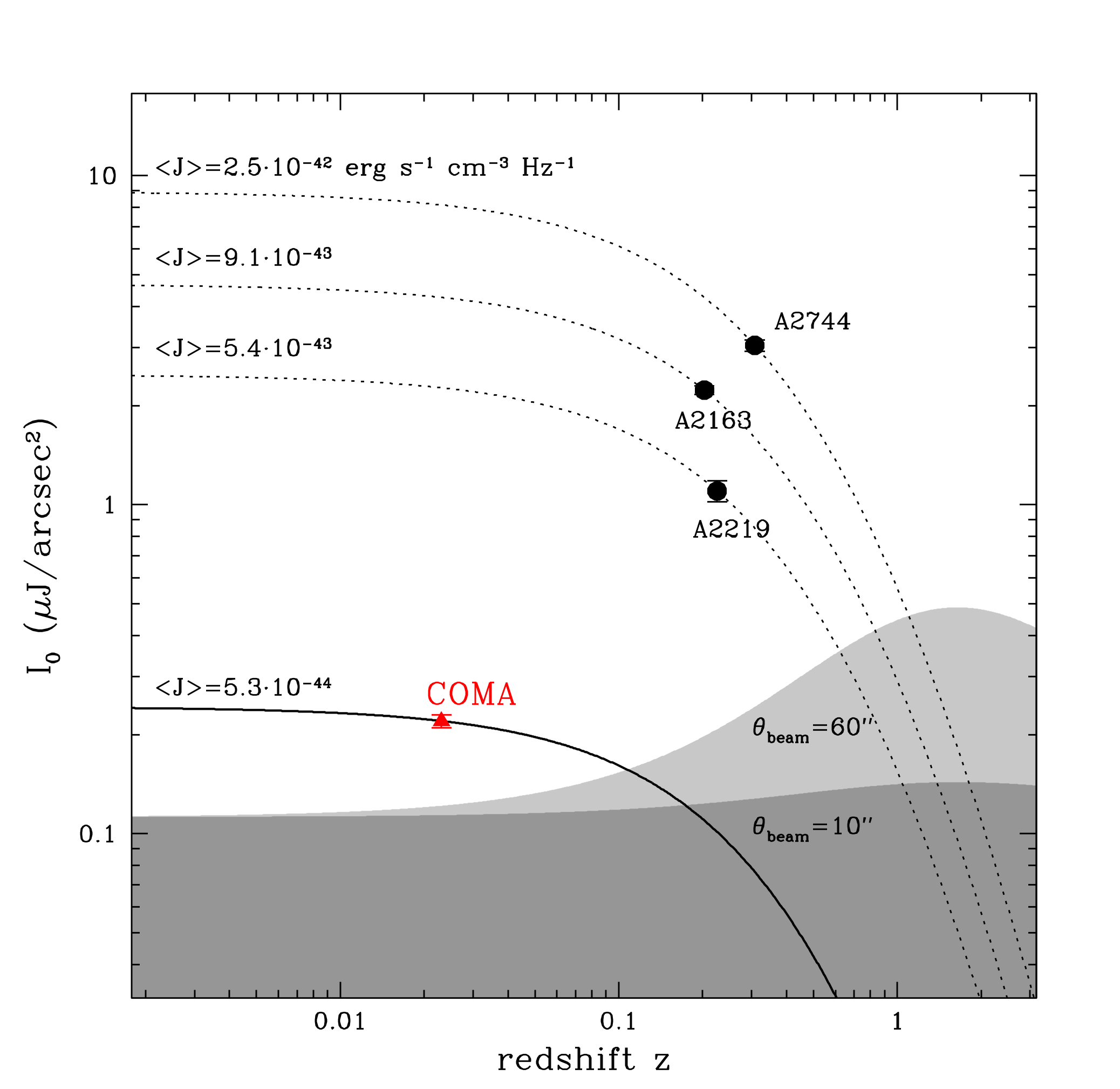
Coma halo in the brightness-redshift plane at 1.4 GHz compared to much brighter halos of similar e-folding radii. Radio halos in shaded areas would be undetectable due to confusion limits. Credit: Murgia et al. (2024).
Galaxy clusters are unique laboratories for investigating turbulent fluid motions, large-scale magnetic fields, and relativistic particles. Radio halos and relics, respectively located at the center and the outskirts of clusters, provide direct evidence for relativistic particles and magnetic fields in the intracluster medium. These diffuse sources, with no obvious optical counterparts, exhibit faint synchrotron emission with steep spectra and extend over Mpc scales (e.g., van Weeren et al. 2019).
The Coma Cluster is one of the nearest galaxy clusters and the first where both a central halo and a peripheral relic were detected. In Murgia et al. (2024), we studied Coma's diffuse emission with the Sardinia Radio Telescope (SRT) and the JVLA. We formed an SRT+VLA image at 1.4 GHz at 60-arcsec resolution. We modeled it with an exponential law, obtaining a central brightness and e-folding radius. Following Murgia et al. (2009), we then calculated the average halo emissivity for Coma and compared it to much brighter halos of similar e-folding radii (see figure).
We unexpectedly discovered that the Coma radio halo is different, appearing to be much weaker than other halos of similar linear dimensions. Why? This is probably an observational bias because of Coma's proximity. Due to the attenuation of the halo brightness as a function of redshift for constant emissivity, a Coma-like halo could be detectable only up to redshift z = 0.1.
Coma's radio halo could be representative of a class of intrinsically large halos with low surface brightness that is visible only at very low redshifts. The ngVLA, thanks to its unprecedented sensitivity, may allow for confusion-limited images of radio halos but at higher angular resolution. This would make it possible to discover and study Coma-like radio halos in a larger volume of the Universe, up to z = 0.2.
Since 2015 the acronym ngVLA has appeared in 1100+ publications indexed in the SAO/NASA Astrophysics Data System. This article continues a regular feature intended to showcase some of those publications. We are especially interested in showcasing work done by early-career researchers. The collection of showcase articles can be viewed online. Anyone wishing to volunteer to author a feature should contact Joan Wrobel.
Recent Science Media Releases
|
Protecting ALMA's Skies |
|
|
ALMA Observing Jupiter's Moon Io |
|
|
VLA Open House |
|
|
Eclipse viewing and Recycling your solar eclipse glasses |
|
|
Celebrating Chilean students and STEM careers |
|
|
Stellar Explosions and Cosmic Chemistry |
|
|
Magnetic Fields at the Edge of the Milky Way's Central Black Hole
|
|
|
Contact the NRAO press office to share your new and exciting science results. |
From the Archives
Ellen Bouton
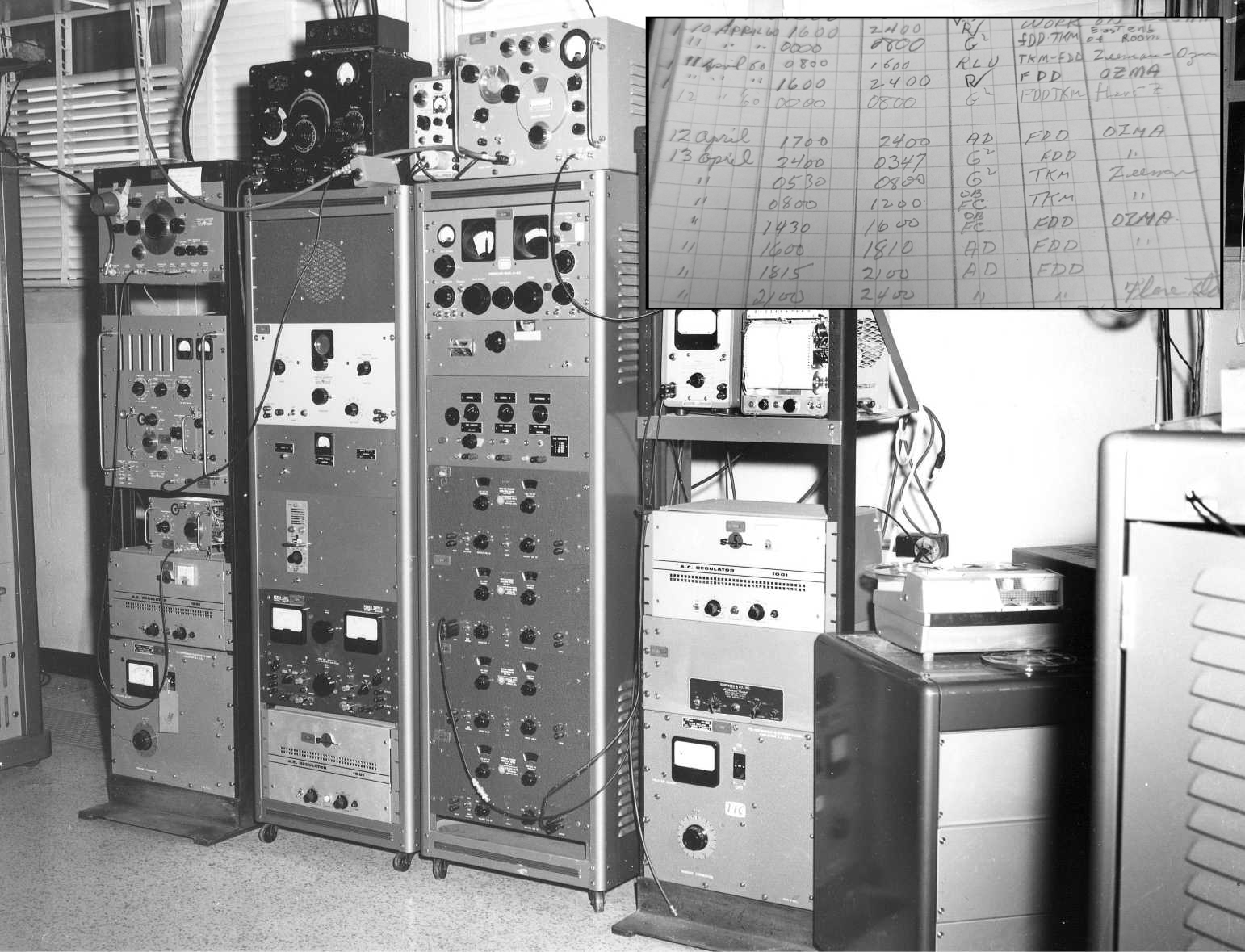
About this month's photo: On April 11, 1960, using the 85 foot Howard E. Tatel Telescope, Frank Drake began a series of observations for Project Ozma, the first search for extraterrestrial intelligent life. The photos show electronic equipment used during Project Ozma, and a detail from the 85 foot log book.
From the Archives is an ongoing series illustrating NRAO and U.S. radio astronomy history via images selected from our collections of individuals' and institutional papers. If readers have images they believe would be of interest to the Archives, please contact Ellen Bouton.


